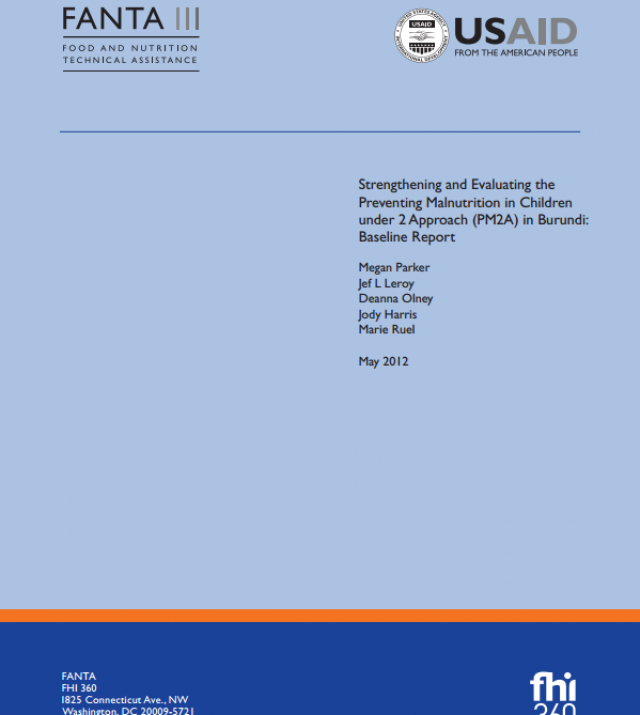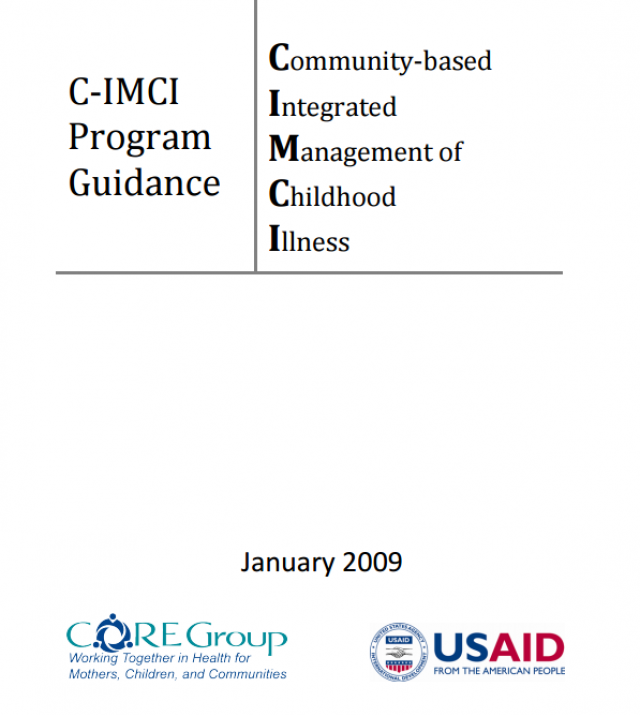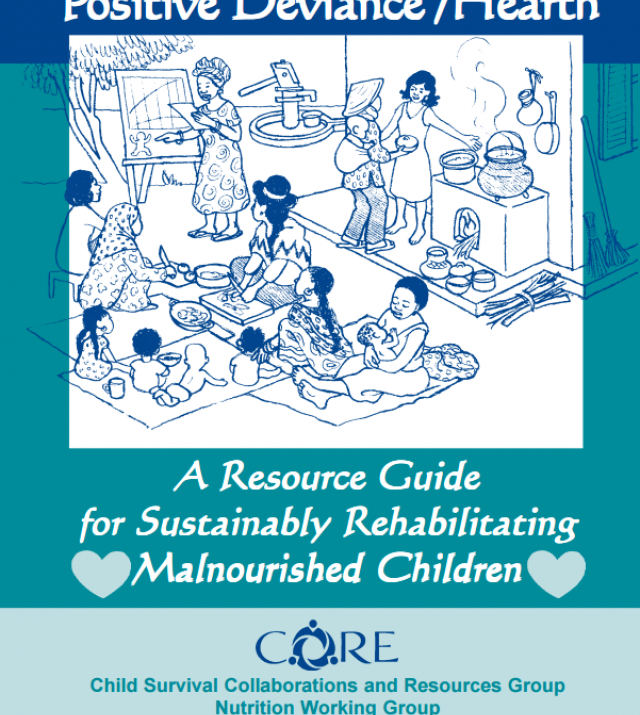
Community Case Management Essentials: Treating Common Childhood Illnesses in the Community

The leading causes of death among children under five years of age are well understood— yet efforts to protect the children most at risk have not kept pace with global goals. But now a growing body of evidence supports a new approach that may make a dent in childhood deaths from the biggest killers: pneumonia, diarrhea, malaria, newborn infection and malnutrition. Known as Community Case Management of Sick Children (CCM), this approach sends community-based health workers out to find, diagnose, and successfully treat sick children, in partnership with their families.
The purpose of Community Case Management Essentials is to provide operational guidance to design, plan, implement, monitor, and/or advocate for CCM that responds to local needs. It is a “how-to” guide for programs, rather than a source of clinical guidance. Definitive technical guidance for case management can be found in the WHO/UNICEF training package Caring for the sick child in the community, 3 the toolkits included in Community case management essentials, and/or national IMCI task forces.
Program managers at the district level, from ministries of health and NGOs, are the primary audience. Central-level planners, advocates, academics, and other international health professionals will also find this guide useful. Drawing on experiences of the organizations that make up CORE Group and on the literature, this guide anticipates decisions and challenges that CCM program managers encounter.
The guide can be used to make decisions related to starting a new program, improving an existing one, or expanding CCM to new geographic areas. Many decisions are within the scope of stakeholders at the district and community level (managers, providers, community members); others require the involvement of stakeholders at the national level.

